Escape From SR388
How does Metroid Fusion compare to the other iconic Metroid games?
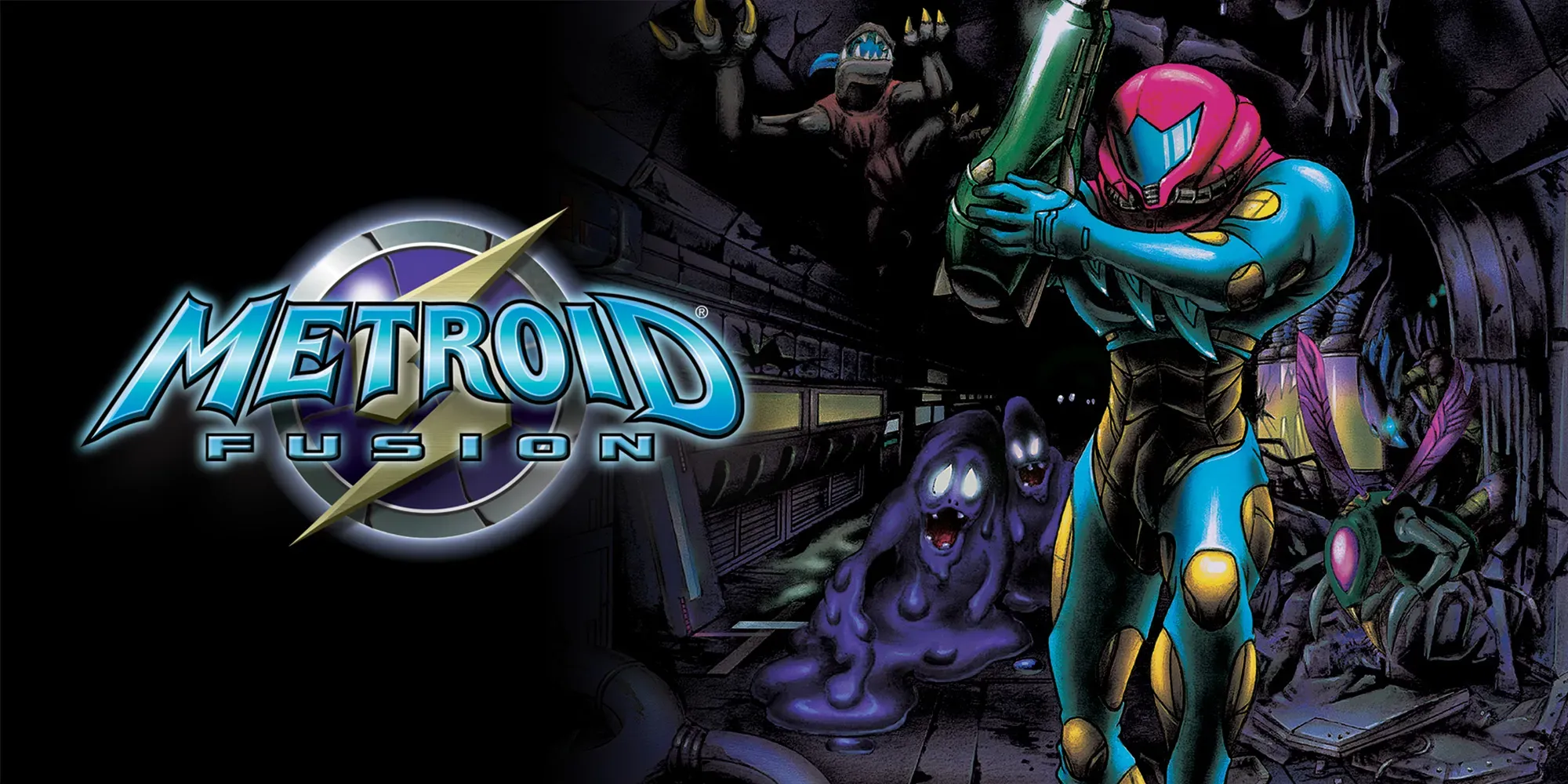
Now, before starting, I think I need to clarify one thing. Even though opinions about better and worse are subjective, I don’t mean to say that I consider Fusion to be the worst 2D Metroid game, but rather that I found it the most disappointing. Bear in mind that I played all 2D Metroid games in release order — though several years past their release — and recently decided to replay them all in order to confirm my dislike of Fusion.
Metroid Fusion released in November 2002, just a few days before Metroid Prime. While the latter was a whole new direction for the franchise, Fusion’s gameplay was closer to Super Metroid while very much having marked differences.
What it does right
Fusion has a tighter movement system compared to Super’s, nice sectors that change as you progress the story, and a new threat in the form of the X parasites. These morph into other enemies if not killed fast enough, encouraging constant movement, as well as “evolving” as the story advances. Great art and nice music — better music than Zero Mission as far as I’m concerned.
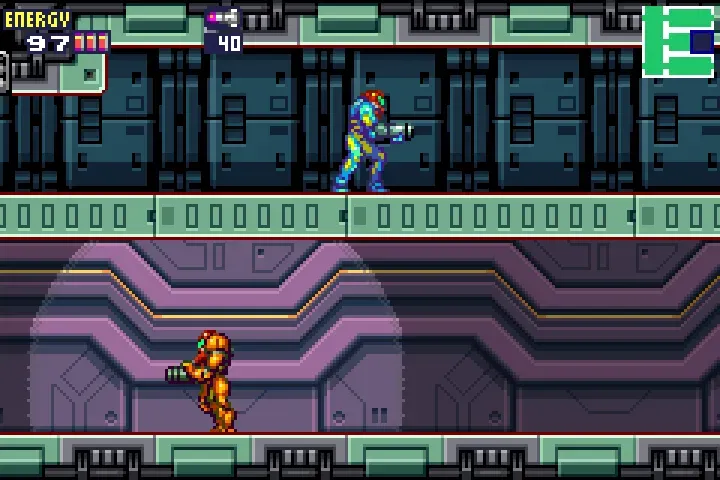
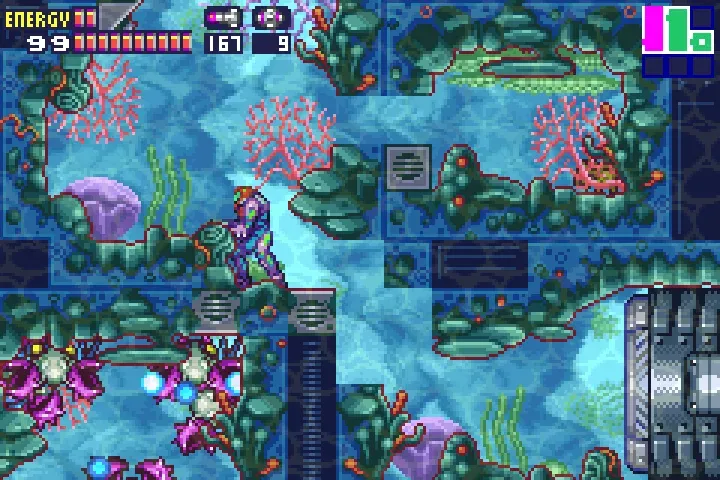
It doesn’t have transformative gameplay, but it doesn’t need to — the biggest change in this game is the focus it places on the story, having monologues from Samus as well as dialogue with an AI. These instruct the player on where to go and why as you go further into the research station. Talking with the AI will also provide a basic map for the sector — you’ll need to reveal the location of secret rooms (whether you need them to progress or not) yourself — which I think works pretty well.
Looking back to the beginning
Before I explain my dislike, I need to talk about what’s the most (understandably) flawed game in the franchise: Metroid, the original one.
Without Metroid there would of course be no franchise, but it has many issues. These include being vulnerable to projectiles when crossing doors, death traps, and navigation in general. The map is big for an NES game, with a limited variety of sprites, and some rooms that were seemingly built with the copy/paste function, along with hidden routes and even hidden dead-ends. It requires backtracking in order to switch from wave to ice beam, and then the cherry on top is the complete lack of an in-game map.
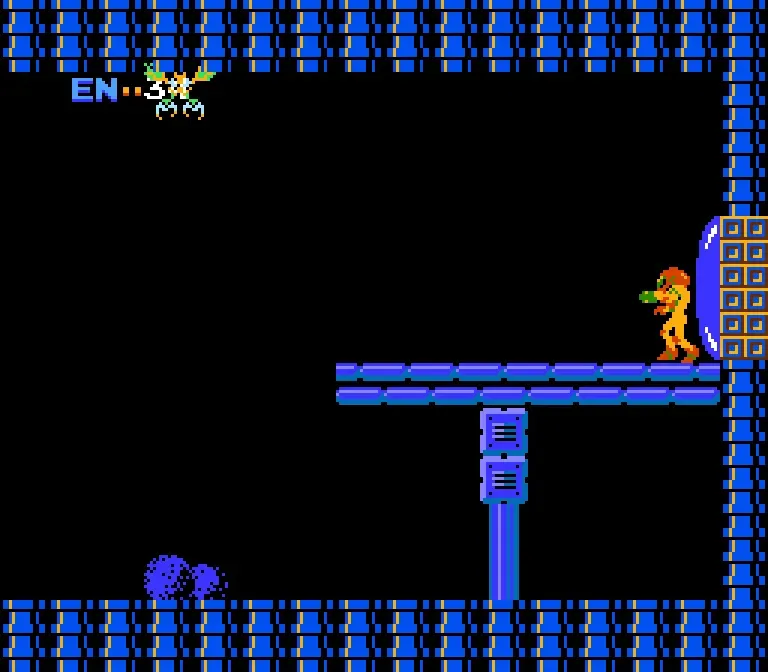
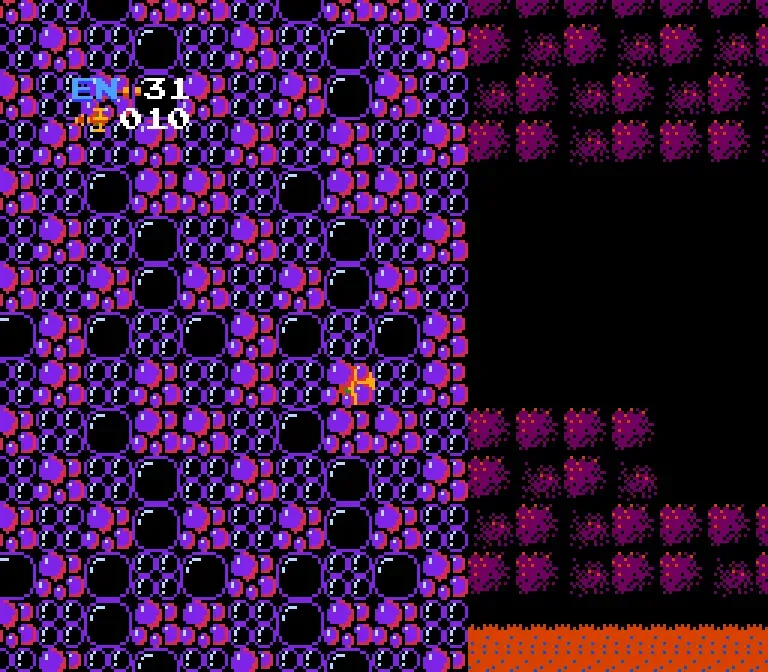
But despite its many flaws, I can’t really fault it for being a bit too ambitious in the '80s. This was also a time when videogames were pretty hard in general, some being almost unbeatable, while Metroid was still pretty achievable with enough motivation.
Metroid isn’t the game I’d tell anyone to start the franchise with. I say people can play it after they are into the franchise if they are curious how it all started. But I can’t bring myself to dislike it, especially when my main issue with Fusion is the opposite found here: the map.
Metroid Fusion’s map is too simple as compared to Metroid II
Now, some might point to Metroid II: Return of Samus when talking about simple mapping, as it can be argued that it has the simplest one of them all, and I don’t disagree.
However, we have to take into account this is a sequel for Metroid — known for being very easy to get lost on— the changes we see in Metroid II were made in order to address previous complaints as well as to make it work for the Game Boy’s tiny screen.
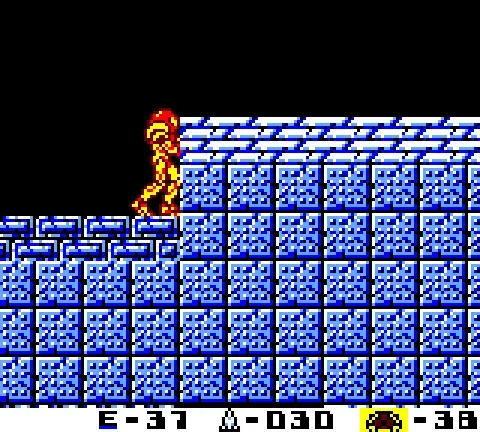
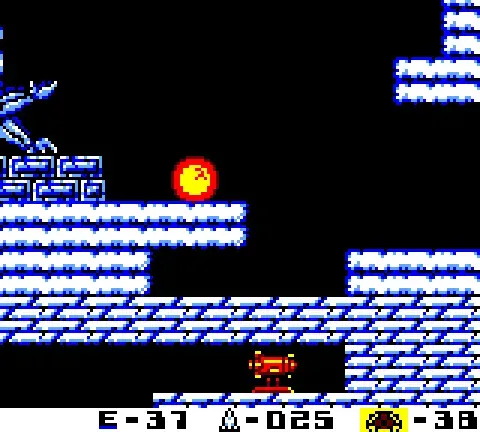
The Game Boy’s screen is much smaller than your average CRT TV at the time, so as a result, sprites were made larger to compensate. But that also means your viewport is smaller, meaning you see less of the world at a given time which would make navigation even more disorientating.
So it’s only natural that the mapping was streamlined, but while external reasoning justifies this change, I find the game’s context does so internally as well. Samus’ mission in Metroid II is to enter planet SR388 to eliminate all remaining Metroids, so you just go further and further into it until you get rid of everything and then get out.
Even if you dislike Metroid II’s mapping changes coming from the original, the much-improved movement system and new abilities that gave Samus more mobility options were probably more than enough to compensate for it. And while there are some quality of life (QoL) improvements going from Super to Fusion, they aren’t anywhere near as drastic or significant as going from Metroid to Metroid II.
Metroid Fusion’s map is too simple — part two
Separately, each sector of Fusion is pretty serviceable as far as the basic layout goes, but as you receive instructions from a computer you’ll be told where to go — in fact, you usually can’t leave the room if you haven’t spoken with the computer first — and after entering a sector you can’t change to another one until your objective there is done and you’re told to go elsewhere.
While you can skip your target sector and go elsewhere, there’s little reason to as there are basically two kinds of secrets in the game, the kind you can get when you’re told to go into a given area, and the kind you get to finally unlock by going out of your way to explore 5 minutes before you go against the final boss, so there’s little reason to try and explore the rest of the ship when you aren’t told to.
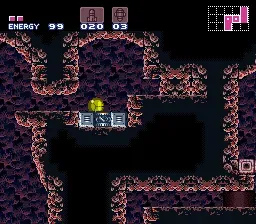
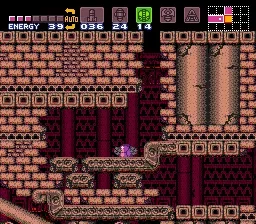
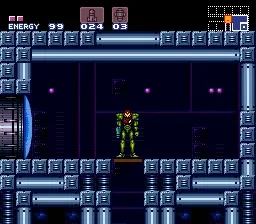
Now, to be fair, both of those kinds of secrets exist in Super Metroid and Zero Mission, but Super also has a number of them that unlock as you navigate back and forth through previously cleared areas. So there is a reward for actively exploring, rather than what happens in Fusion, where it is a mostly railroaded experience.
Metroid Fusion’s map isn’t simple enough
“Say what? This guy justifies a game having a simple map, then complains about Fusion having a simple map, and now complains that it isn’t simple?”
Hear me out before you call me crazy. While the navigation between areas has been simplified by the orders the AI Adam gives us, the areas themselves have pitfalls in the way of hiding blocks you have to interact with. A lot of destroyables are hinted, either with a slightly different sprite, or due to the room layout, but not all of them. This makes the way to progress unclear and makes you rely on trial, error, and luck to a certain extent.
The game is perfectly aware of the fact that people wouldn’t normally find out about their existence easily. But instead of directly hinting at them, the game will lock you, not that far from the start of the game, in a room where you are expected to bomb the room at random until a pillar pops up so that you can continue. Note that by this point there have been a few secrets where you’ve had to bomb or missile random blocks in order to get them. While the map tells you if a room has a secret, you won’t know what tile has it, and sometimes the secret is in a room with a hidden path, so the fact that there’s a secret nearby might not even be pointed out by the map.
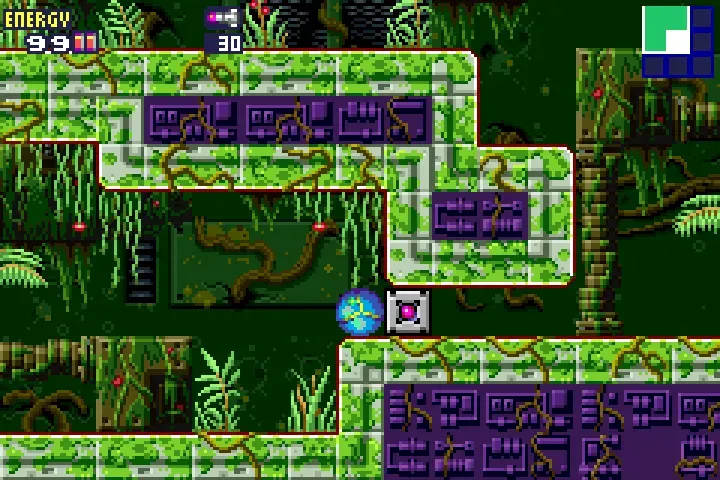
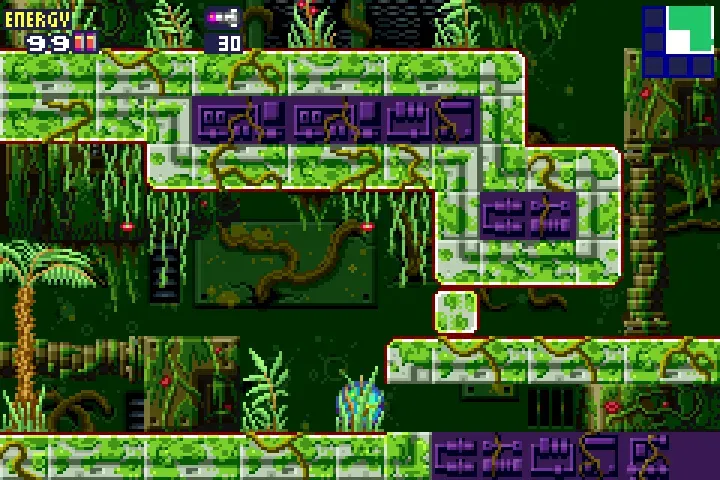
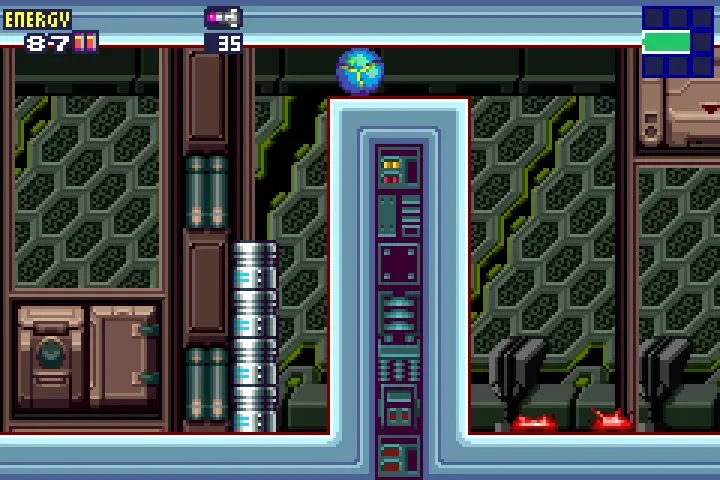
Super Metroid usually gives you cues in this regard. When it doesn’t, you’re usually — but not always — trapped in a small room where bombing is your only way to get out. Or the map itself will let you know that you’re supposed to be able to advance in a given direction, so if there’s something in your way, it can be destroyed. And, on top of all that, Super will eventually give you an X-Ray Scope (it can be missed, to be fair) that’ll help you find secrets.
Of course, Super Metroidisn’t perfect in this regard either as there’s a fake wall that doesn’t react to the X-Ray, and some fake spikes that you have to pass through in order to progress. Despite this, I still consider it better thanFusionat giving subtle hints, and the changes made in Fusion to simplify navigation make these issues stand out even more. Overall, Fusion is still easier because if you miss a hint onSuper, you’ll have a much bigger area to wander around, which can become overwhelming to new players.
Special (unhappy) mention to that one secret room in Fusion that requires you to bomb the correct location of numerous platforms in order to get the item where a mistake forces you to re-enter the room to reset. This would be okay if you could return to the main game if you decide to give up, but you are trapped there until you get the item.
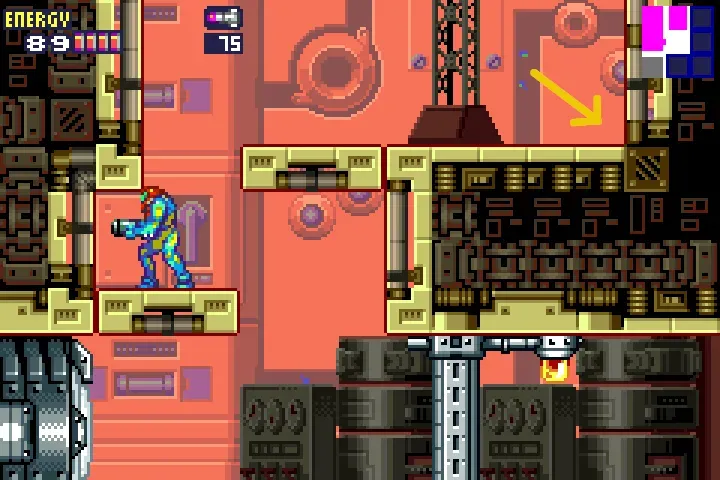
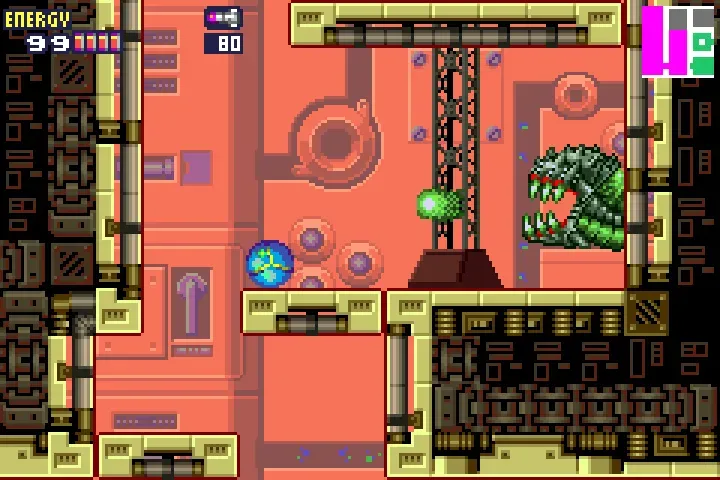
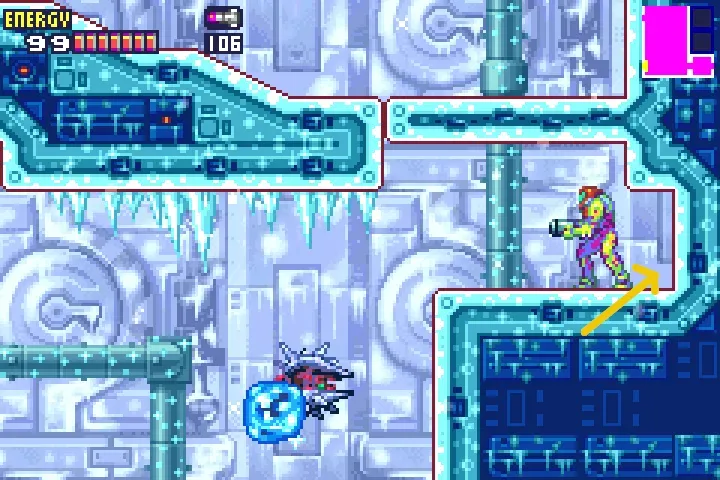
The paper cuts
Fusion has dialogue and monologues that serve to flesh out the setting a bit more as well as letting us peek into Samus’ way of thinking. These also served to explain what was happening in the station as well as generally explaining how to proceed.
While I find these efforts commendable, they can also slow down the pacing, especially on replays since they are not skippable. Getting into a new area will require you to talk to the AI in order to be able to progress unless you are skipping sectors.
Worse yet, after you finally get the final upgrade, if you get into a navigation room, you’ll be unable to do anything but progress the main story. The actual routes into the sectors will be blocked off, and only if you start exploring the map for some of the places that were previously blocked off will you be able to sneak into the other sectors.
My recommendation
My biggest gripe with Fusion is how the game handles navigation between sectors. Since that is mostly due to my experiences with how other games in the series handle the same issue, I reckon that playing Fusion first will just render that a non-problem. As such, I’d recommend newcomers to the series play Fusion first.
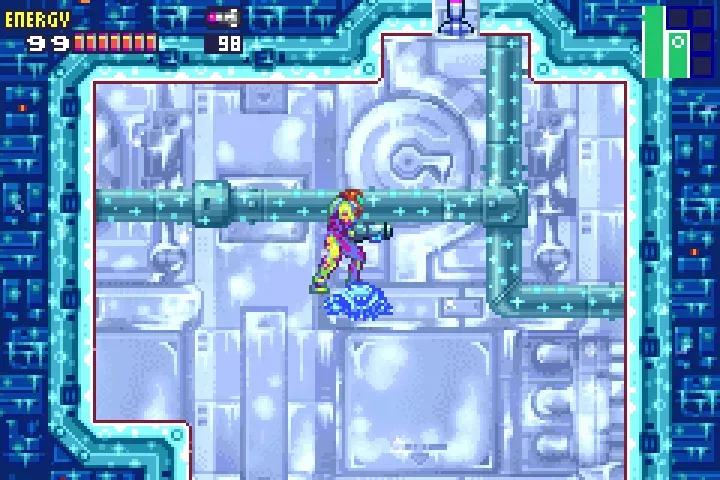
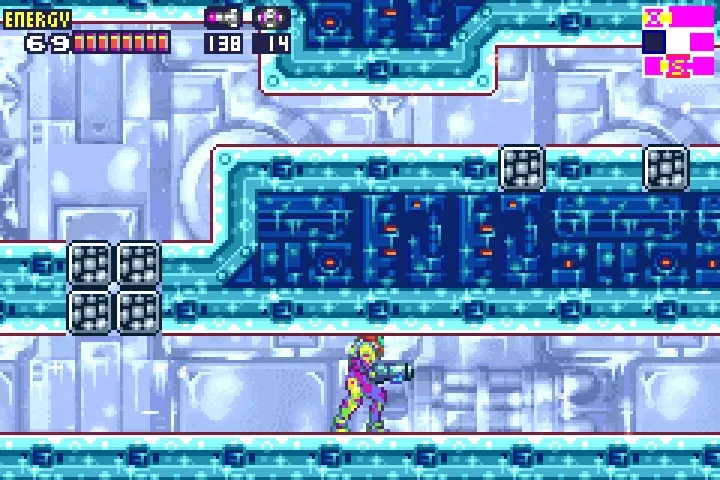
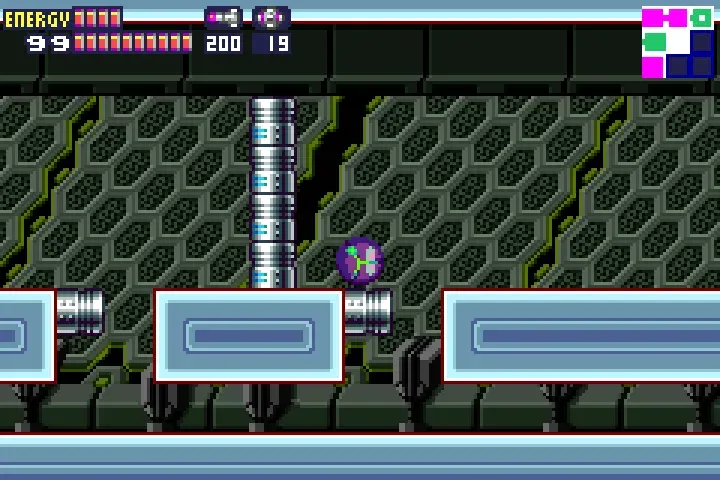
Then between Metroid Zero and Super Metroid, I’d go with Zero next. Super has a couple of moments that are more impactful if you’ve already played the original Metroid or Metroid Zero. Then, if you really really want to play Metroid II’s original release rather than one of the remakes, I’d slot it in between Zero and Super just to continue the story.
And having run out of options — Super is last. This isn’t necessarily because it’s better, as it loses some Quality of Life over the GBA games. Being unable to check the map of other unlocked zones, nor having the map mark doors or show which items you’ve picked, and needing to hold a button in order to run are all rather annoying. But the now-seasoned players should be able to handle those annoyances and enjoy the exploration, and I hope that is what you do!
